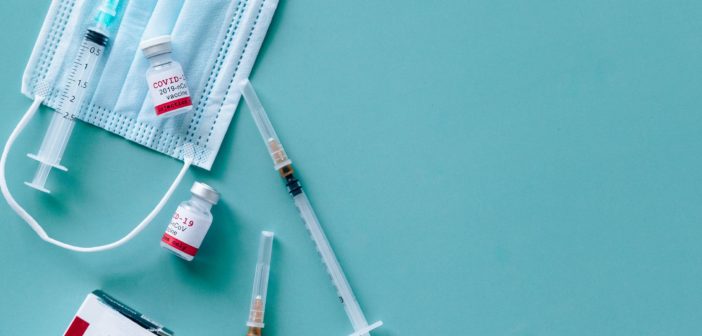By: Stephanie Holz, Staff Writer
Many of us are a bit uncomfortable with the feeling of having a needle wedged into their body. That is why researchers at MIT have been working to perfect a syringe that can inject fluid without the painful stick of a needle.
A jet injection is different from the standard injection because it lacks a needle. Instead, it is like a gun, held just above the skin that delivers a substance under the skin and even into the muscle at speeds of up to 550 feet or 167 meters/second. Dr. Sorrentino has received this type of injection before and had only good things to say about it.
“It felt no worse than any needle. And if you have to have a shot, it is a good way to get one,” Sorrentino said.
The use of jet injections is not only good news for patients, but for medical staff who frequently handle sharp, hazardous objects, such as syringes. Over 385,000 cases of accidental employee needle pricks are reported each year. To make things even better, an auto lock feature prevents secondary accidental discharge, and because the device does not actually enter the skin, it is quite sanitary.
The auto lock feature also benefits society by preventing syringes from being retrieved from the garbage for reuse by drug addicts and curious children. Being outside the body at all times, the risk of biohazardous pollution is tremendously reduced. This can help prevent the spread of needle borne pathogens and other diseases such as HIV, AIDS, hepatitis, and syphilis.
“It is a good alternative for people who are afraid of needles,” said Jennifer Schubin.
Since the 1940’s, doctors have been using jet injections to help administer vaccines and even eliminate smallpox. Today’s research has transformed the old jet injections to administer specific doses of a substance at different depths for specific skin types. In addition, there are already many different models on the market.
Now engineers are working to improve the product further by pulverizing powders and injecting them much like fluid. This is especially useful for long distance travel, where liquid can spoil easily due to contamination or drastic changes in temperature. Over half of the injections given in developing countries are unsafe and can even cause diseases instead of preventing or treating others.
“I think that this is a great idea and I hope that it becomes viable in the near future. Having experienced plenty of injections and needles, I am thrilled with the idea of nurses not messing up or stabbing me repeatedly,” said Kevin Justiniano.





